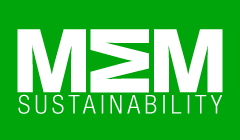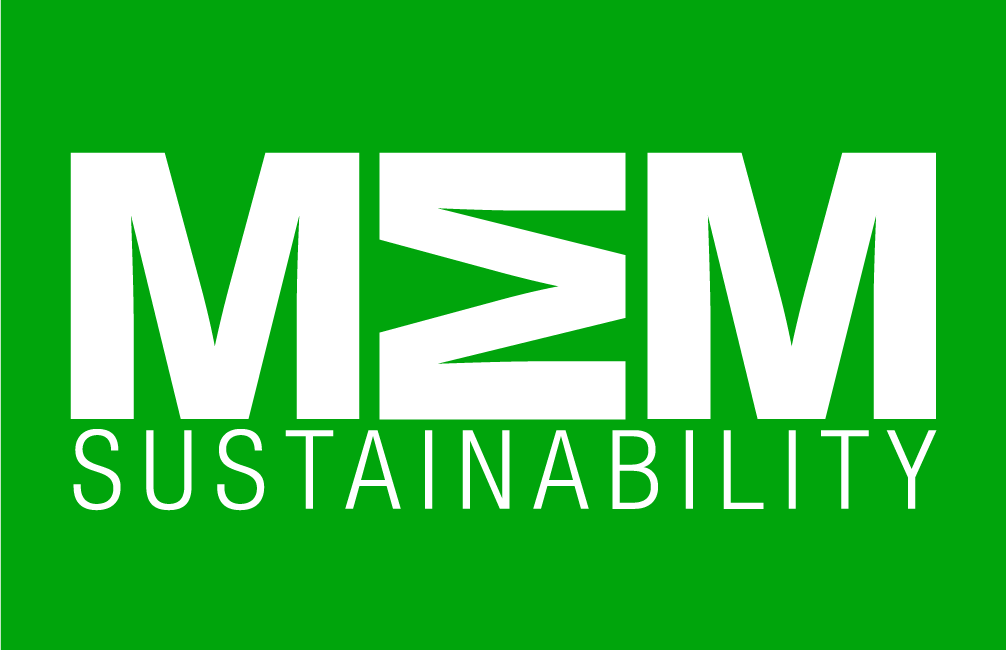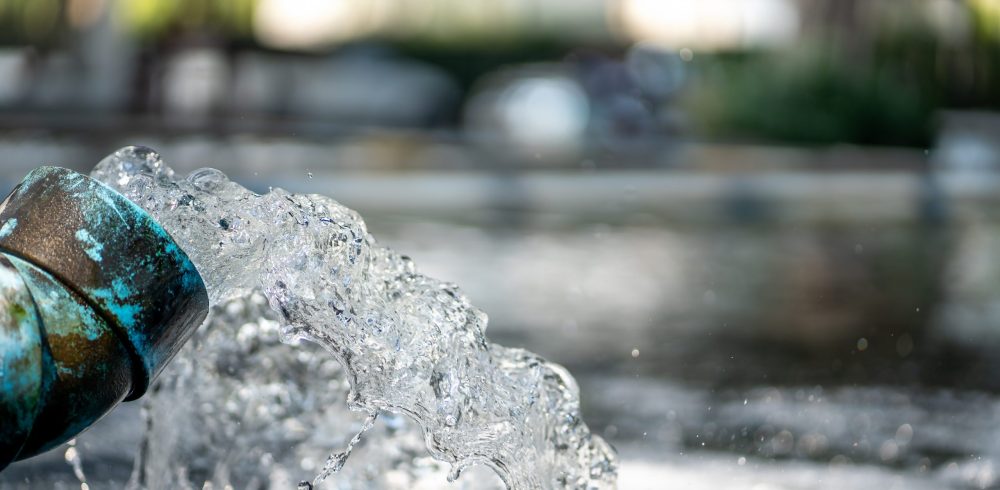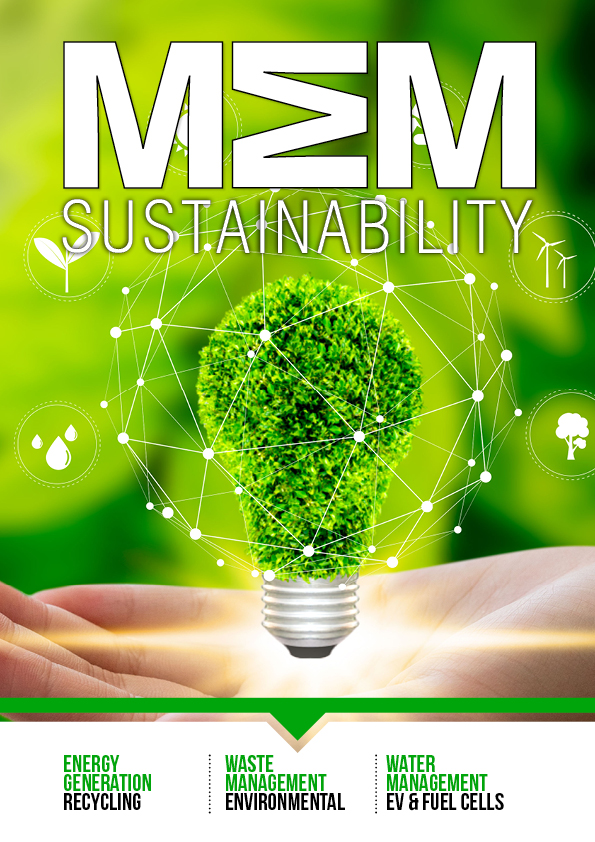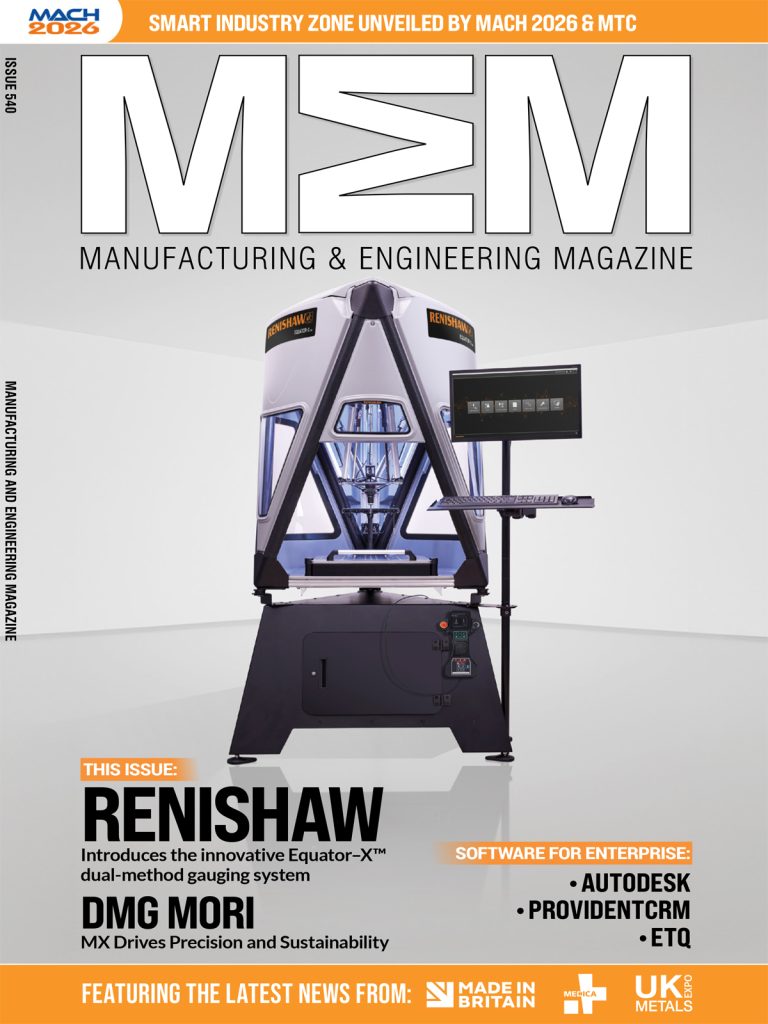Phosphorus is an essential nutrient for all living organisms, but its presence in excessive quantities in water bodies poses significant environmental challenges. Its runoff into lakes and rivers, as well as its discharge from municipal and industrial wastewater, can lead to serious environmental consequences. As countries tighten their legislation on water quality, wastewater treatment plants may need to install additional filtration equipment to comply with current as well as future standards.
Mattias Feldthusen – Director of Products for Nordic Water, a Sulzer brand, looks at some of the common standards and the equipment that can be used to achieve even the most stringent legislation.
As a crucial element for all organic life and plant growth, phosphorus is widely used in agriculture, primarily as a component of fertilizers. However, excessive levels in water bodies lead to a phenomenon known as eutrophication, which occurs when nutrient levels in a freshwater source become too high, leading to excessive algae growth. This depletes oxygen levels in the water, resulting in hypoxic or ‘dead zones’ where aquatic life cannot survive.
Setting the standard
Phosphorus is often the limiting nutrient in freshwater ecosystems, meaning that controlling levels of this mineral can prevent or mitigate eutrophication. Therefore, managing phosphorus levels in wastewater discharge is crucial for protecting many aquatic environments, ensuring the sustainability of water resources, and preserving public health.
Given the severe environmental consequences of phosphorus pollution, numerous regulations have been put in place worldwide to limit levels in wastewater discharge. Europe, in particular, has stringent regulations aimed at protecting water bodies from eutrophication. The European Union (EU) has implemented several directives and regulations to address phosphorus pollution, including:
· The Urban Wastewater Treatment Directive (UWWTD), which was adopted in 1991, and requires member states to implement appropriate treatment systems for urban wastewater. The directive sets out minimum requirements for wastewater treatment, including specific limits on phosphorus concentrations in treated wastewater. It is currently being superseded by a new set of rules that include more stringent standards for nitrogen and phosphorous as well requirements to reduce micro-pollutants, ‘forever chemicals’ and pharmaceutical residues.
· The Water Framework Directive (WFD), which was enacted in 2000, is the cornerstone of EU water policy. It establishes a framework for managing and protecting water resources across Europe, with the goal of achieving ‘good status’ for all water bodies. Phosphorus reduction is a key component of realizing this goal, as it is closely linked to improving water quality and preventing eutrophication.
· The Nitrates Directive is primarily focused on controlling nitrate pollution from agricultural sources, but it also indirectly addresses phosphorus pollution. By promoting sustainable agricultural practices and reducing fertilizer runoff, the Nitrates Directive contributes to the overall reduction of nutrient pollution in water bodies.
The broader picture
Beyond Europe, countries like the United States have also introduced regulations to limit phosphorus discharges, such as the Clean Water Act, which includes phosphorus limits in National Pollutant Discharge Elimination System (NPDES) permits. These regulations reflect the growing recognition of phosphorus as a key pollutant that must be managed to protect water quality and aquatic ecosystems.
Typical phosphate levels demanded by these regulations vary significantly, from modest requirements of <8 mg/l in South America to <0.5 mg/l in some European countries, with some individual wastewater treatment plant requirements down to <0.1 mg/l. All the while, most countries are aiming to reduce these levels even further, which will require many treatment plants to introduce better processes for phosphorous removal.
Assessing the technology
Biological phosphorus removal (BPR) is an environmentally friendly method that leverages the natural ability of certain microorganisms to take up and store phosphorus. Known as enhanced biological phosphorus removal (EBPR) when used in wastewater treatment, it involves creating specific conditions that promote the growth of phosphorus-accumulating organisms (PAOs).
BPR is advantageous because it reduces chemical use and sludge production, but it can be sensitive to operational conditions and may require careful process control. For example, dilution of the wastewater during periods of heavy rainfall, can reduce efficiency and take some time to recover after flowrates have stabilized.
Chemical precipitation is one of the most widely used methods for phosphorus removal. It involves the addition of coagulants, for instance aluminum salts, iron salts such as ferric chloride, or lime, to the wastewater. These coagulants react with the phosphorus to form insoluble compounds that can be removed through sedimentation or filtration. Chemical precipitation is effective and relatively simple to implement, but it generates sludge that requires disposal and can increase operational costs.
Advanced treatment technologies such as membrane filtration, ion exchange, and adsorption are being explored for phosphorus removal. These technologies can achieve high levels of phosphorus removal but are often more expensive and complex to operate. For example, membrane filtration can effectively remove phosphorus, but it requires significant energy and maintenance resources.
Achieving the best results
Depending on the site, municipal wastewater treatment plants typically have total phosphate values at the inlet between 4 and 12 mg/l. Of these values, around 25% is organic phosphate with the remainder inorganic.
Most treatment plants will have primary and secondary processes in place, which include a biological treatment to support sedimentation and sludge removal, and can remove up to 25% of the total phosphate content. To achieve better results, a chemical treatment is required, using agents such as aluminum sulfate, iron sulfate and iron chloride. These act as coagulants, which are crucial in achieving maximum removal rates.
However, in many cases, wastewater treatment plants do not have a lot of spare real estate to install new equipment and processes. Existing sedimentation and aeration equipment occupy a lot of space, so adding tertiary processes requires some innovative solutions.
Technology comparisons
Looking at sand filters, disk filters and lamella plate clarifiers, a comparison of their characteristics enables the most appropriate solution to be selected. The aim of installing one of these solutions is to meet the level of phosphorous content required by local legislation.
The lamella plate clarifier, with coagulants and polyelectrolytes, can achieve levels below 0.3 mg/l. For more stringent standards, disk filters offer improved levels between 0.1 and 0.15 mg/l. Even for some of the most challenging situations Nordic Water’s DynaSand filter offers a cost-effective solution that has a compact footprint and is able to achieve levels <0.05 mg/l, depending on the dosage of iron or aluminum salts.
However, treatment plants must consider many criteria and the level of inlet suspended solids (SS), due to high load events, in the wastewater can be a deciding factor in the filtration technology that is employed. Sand filters can accept levels up to 200 mg/l SS, whereas disk filters have a greater capacity of 1’500 mg/l SS. For more testing applications, Lamella settlers are capable of handling up to 10’000 mg/l SS.
The next step
Beyond these factors, it is important to consider the expected service requirements of the equipment, the available footprint and washwater usage, among others. In each case, by assessing the individual needs of the site, it is possible to select the most appropriate equipment to achieve the required levels of phosphorous in the effluent.
The benefits of installing this range of equipment are not restricted to phosphorous removal, it is also able to remove nitrates, which are commonly found in wastewater with equally restricted levels permitted in effluents.
As local regulations become tighter on water pollutants such as phosphorous, nitrates and pharmaceuticals, treatment plants will need to upgrade existing processes and install additional equipment to ensure they comply. Fortunately, the technologies required have already been developed and proven in hundreds of reference installations and by working with experts in this field, such as Sulzer and Nordic Water, treatment plants can stay one step ahead of the legislation.
Manufacturing & Engineering Magazine | The Home of Manufacturing Industry News
